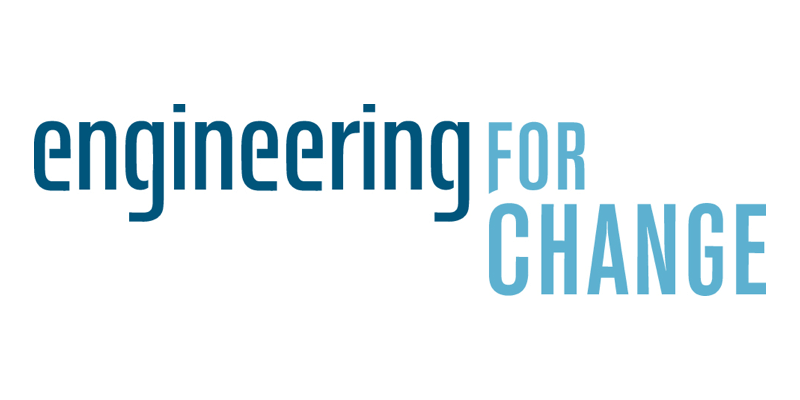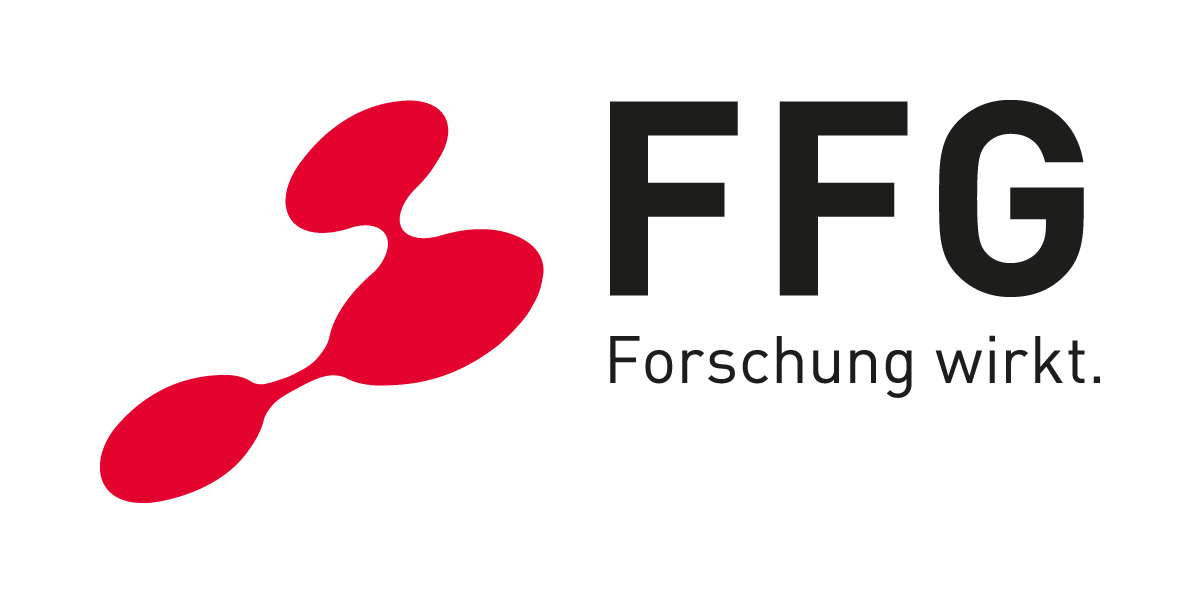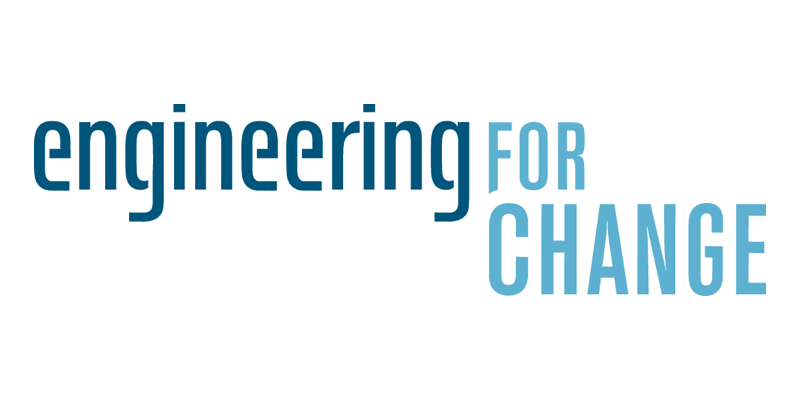Stainless steel production can be dirty. Worldwide, the process generates hundreds of thousands of liters of industrial sludge every hour. All that waste has a cost, both as an environmental toll on the natural world and an economic one on the steel industry. But it doesn’t have to be that way. A new treatment process promises to clean up the waste, convert much of it into usable products and save the expense of buying consumable materials.
“The technology has the potential to remove all the waste generated in the stainless steel industry, since we can create a closed loop of materials,” says Fabian Storek, Founder and Managing Partner at Sustainable Technology Solutions (SUSTEC), the startup developing the process. “The waste is turned into resources.”
First, let’s take a look at the problem. At several stages during its production, steel is heated to high temperatures. It is heated and slowly cooled in a process called annealing, and it is milled in a process called hot rolling. That heat takes a toll on the surface of the steel. The process oxidizes the outermost layer and saps chromium, one of the metals in the steel alloy, out of the layer just below the oxidized crust. Steel with only a little chromium is vulnerable to rust. Chromium is part of what makes stainless steel stainless. Since only a thin layer of the milled steel is depleted, the next step is to remove the oxidized layer and that thin layer sapped of its chromium.
The process is called pickling, and, like the jar of salty cucumbers in the fridge, it requires a bath in strong liquid. In the case of steel, the liquid is a mixture of two acids, nitric and hydrofluoric. After they dissolve the unwanted layers from the steel, the acids are siphoned off and mixed with a neutralizing agent to make them safer to handle. The resulting sludge is then treated on site or shipped to an industrial waste treatment plant. To give an idea of the scale of the waste, the global steel industry uses 300,000 liters of acid every hour.
SUSTEC is developing a cleaner method to handle the pickling acids. The venture is reluctant to release details while putting finishing touches on its first pilot plant, expected to begin operating and testing in early 2019. A general description is available, however. SUSTEC calls its process REGMAX, and it aims to recover waste acid, reuse some and transform some into valuable metal oxides.
A simplified version of the process looks like this. After pickling, rinse water and waste acid are stored in separate tanks. The acid is spray dried then sorted into dry metal salts and gaseous nitric acid. The nitric acid gas then interacts with some of the rinse water and liquifies. It is now available for use again in a new pickling process. The dry metal salts enter a rotary kiln that siphons off gaseous hydrofluoric acid, separating it from metal oxides that are diverted into a storage bin. The hydrofluoric acid gas interacts with rinse water and liquifies. It is then stored for use in a new pickling process.
The new process confers environmental benefits by eliminating waste, and economic benefits by reducing the need to buy new acids and other materials. It can also make the pickling operation more flexible, allowing for a change in the acid mixture ratios without the need to worry about obtaining fresh acid supplies. The elimination of sludge means plants no longer have to meet industrial waste management and relevant environmental regulations. SUSTEC can also treat and recycle waste water, removing the valuable metal oxides and making wastewater treatment regulations obsolete.
“The process is applicable for all metal and acid concentrations and gives freedom of choosing the optimum pickling conditions for best pickling performance. The closed material loop minimizes the operational costs and environmental impact of pickling. REGMAX is the most economical solution for the regeneration of mixed acids on the market,” Mr. Storek says.
And there may be applications outside of the steel industry.
“The tech is applicable for mining applications, where acid is being used today,” Mr. Storek says.
For now, the first prototype is in its final phase. and another, larger prototype will begin development later this year.
“We consider our selves to be market ready Q2 2019 for smaller scales and larger scales from 2020,” Mr. Storek says










